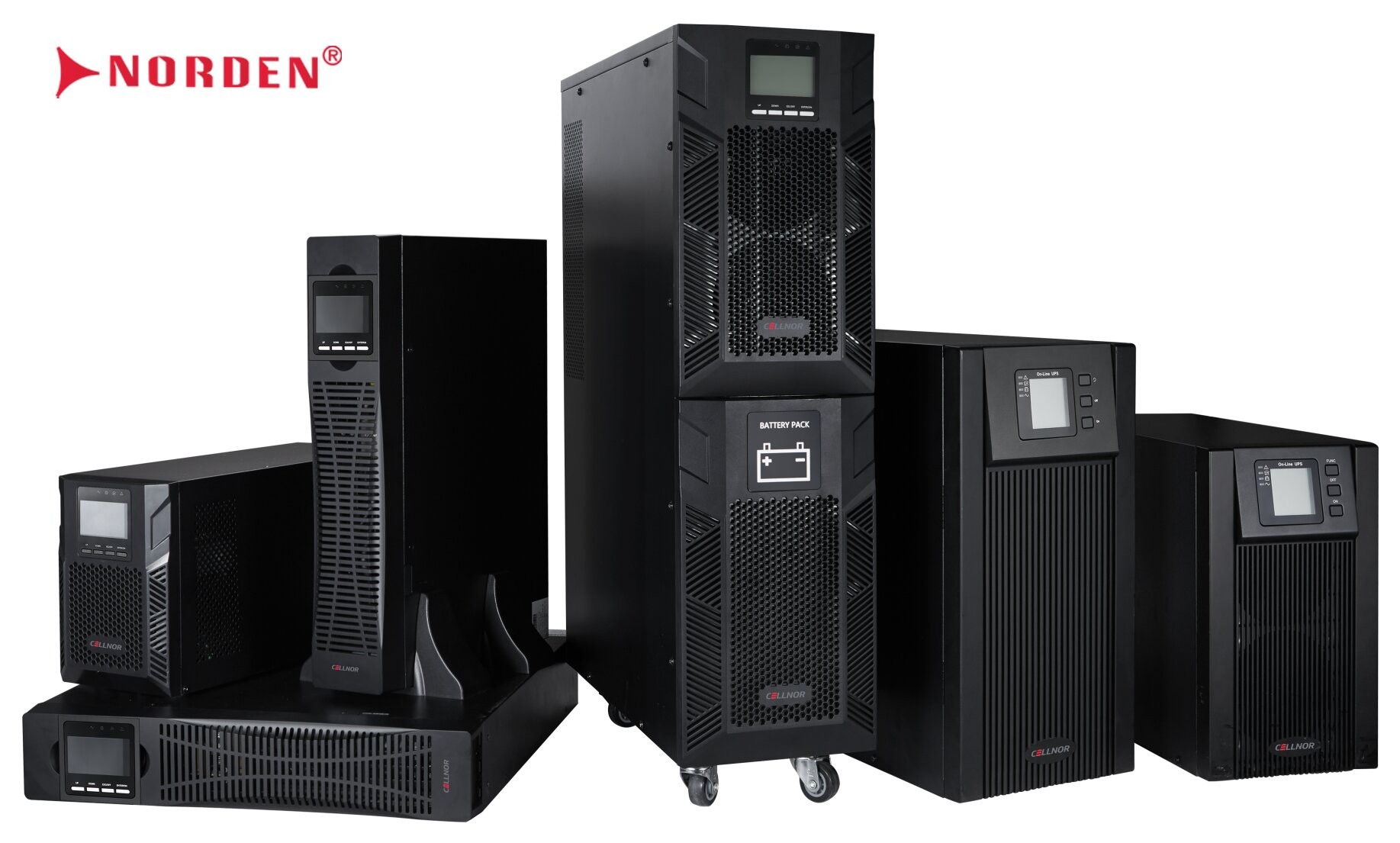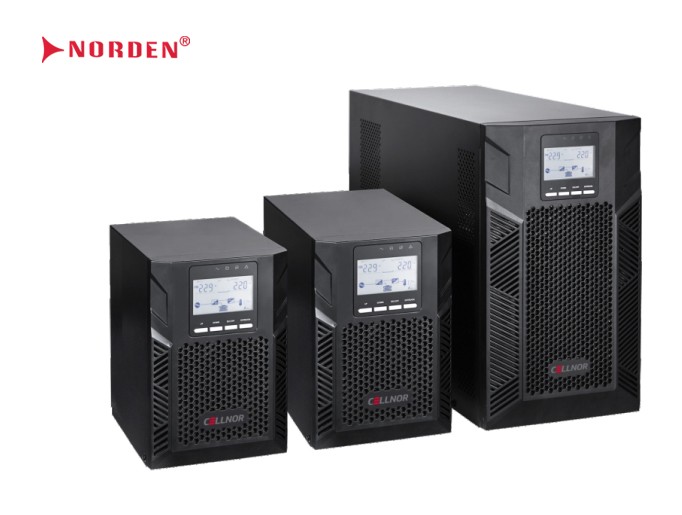Since its introduction to the public in the early years of this century, transformerless UPS design has earned a place in the
UPS market due to its small size and low cost. It appears to be a significant blow to the conventional transformer-based UPS market; however, transformer-based UPS is not completely useless; rather, it is extremely important and irreplaceable for some applications. This post will explain the distinction between transformer-based UPS and transformerless UPS systems.
Transformer-based UPS Systems
Transformer-based UPS systems are the most common power supply technology for 100 kVA and above, with the option to achieve large kW sizes or provide redundancy. The machine has an isolated DC function to ensure the load's safety. This transformer effectively isolates the DC component of the inverter output from the load, improving load protection, especially for switches and inductive loads. Compared to transformerless UPS, transformer-based UPS have the advantages of stability, reliability, high overload capacity, and impact resistance. Furthermore, the transformer-based design allows the UPS to be installed in harsher operating environments than transformerless units.
When the reliability and stability requirements are higher, it is recommended to use a transformer-based UPS system in financial, data centre construction, transportation, and general process control (industrial) applications such as oil, steel, and metal.
Explore our transformer-based UPS ranges
Advantages of Transformer-Based UPS
A transformer-based UPS has 2 main advantages. For beginners, it is widely acknowledged that they are more robust – there are fewer points of failure. Second, the transformer provides galvanic isolation, which is a separation of the input and output supplies that protects the load from spikes, surges, and electrical noise.
Transformer-based UPS are the most common technology for 100 kVA and above, and they are the best option for achieving large kW sizes or providing redundancy.
The following are the primary advantages of transformer-based UPS:
- The ability to provide Galvanic isolation between the mains power supply and the load, as well as to recreate a fixed TN-S system downstream of the UPS without reducing operating efficiency.
- The ability to power a Master UPS from two independent mains power supplies.
- Dual load protection from DC voltage
- Superior power protection from power quality issues such as spikes, electrical noise, and transient surge voltages when compared to some transformerless UPS systems.
- Greater robustness in terms of back feed protection when compared to some transformerless UPS systems.
Transformer-Free UPS
The operational principle of a transformer-free UPS is the same as that of a transformer-based UPS, with the exception that the transformer-free UPS uses an insulated-gate bipolar transistor (IGBT) that can handle high voltages, eliminating the need for a step-up transformer after the inverter. This industry-standard improves energy efficiency by increasing it from 90 to 96%. Importantly, transformer-free UPSs have a smaller footprint and are lighter, lowering investment and operating costs.
At 200 kW power, the weight, space, and cost benefits of transformer-free UPS systems often outweigh the higher capacity capabilities and robustness of transformer-based systems. Due to their transformer-free design, these under-200 kW applications have high efficiency and excellent input power conditioning. Because of the transformer-free UPS's modular construction and thus scalability, these UPS can avoid over-provisioning of power while maintaining operational efficiency.
Check out our transformerless UPS ranges
Advantages of Transformer-free UPS
The obvious advantage of a transformerless UPS is the absence of a large, bulky, and heat-generating transformer. Transformers are also expensive, so eliminating them reduces initial capital costs.
The primary advantages of a transformerless UPS are as follows:
- Size and weight reduction (a factor for space-restricted data centres)
- Lower noise levels, lower energy efficiency (especially at lower loads), and less heat
- Reduced purchase, installation, and operating costs (i.e. needs less air conditioning)
You can also read about, Importance of UPS systems for your business.
Disadvantages of Transformerless UPS
Let's evaluate some of the cons of using a transformerless UPS.
Service and Maintainability
A UPS without a transformer passes more fault current to the critical load and cannot clear and isolate more internal faults than a transformer-based UPS.
Power Strength Limitations
The transformer-free design is also limited to UPS modules under 300 kVA, necessitating the use of multiple units in parallel to achieve redundancy at a larger KW size.
Selecting a UPS Type
In many cases, the choice between the two types of UPS is fairly obvious and is based on power requirements. They do, however, overlap in terms of rating. Additionally, the initial purchase price, available space, ongoing operating costs, and harmonic distortion levels can all influence the decision. Both UPS designs can even be run in parallel for increased availability and flexibility.
Transformer vs Transformerless UPS: Summary
In general, we would recommend a transformer-based one if you require:
- Input and output voltage configuration flexibility
- Neutral output
- High resistance grounding implementation
- Magnetic isolation on Input/DC/Output
- Choose the transformer free UPS system if the following factors are important to you:
- Size and weight limitation
- AC input waveform correction
- Genset compatibility
- Low initial system cost
- Higher efficiency
Both transformer-based and transformer-free UPS designs provide basic functionality while retaining their primary characteristics. Although transformer-free UPS clearly dominates the market, transformer-based UPS is the best choice for applications requiring the highest reliability and safety, such as medical fields.


